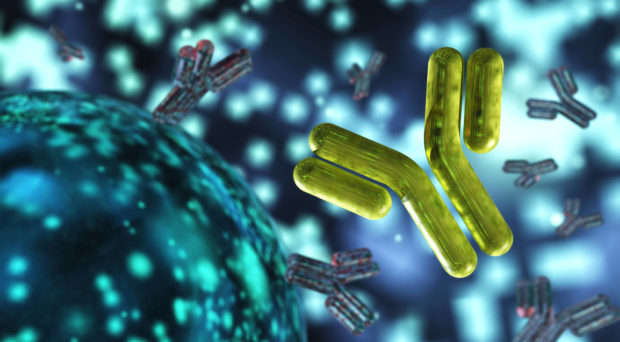

What is the aim of the guideline and what is the European Headache Federation (EHF) hoping to achieve for patients and physicians?
Several trials have tested the efficacy and safety of the new anti-CGRP monoclonal antibodies. The aim of the guideline was to summarize the available evidence and provide patients and physicians with indications for treatment with anti-CGRP monoclonal antibodies just before their commercialization.
Would you like to pick out relevant examples to illustrate the importance of the guideline?
When putting new treatments into clinical practice, one of the most important considerations is patient selection. Migraine preventive treatment is traditionally based upon the patient’s comorbidities; for example, you might use an antidepressant in a patient with migraine and comorbid depression symptoms, while you might prefer a beta-blocker in a hypertensive migraineur. Problems usually arise when the available treatments must be withdrawn because of adverse events, when patients have failed several preventive treatments, or when the patients have comorbidities that contraindicate migraine preventive treatments. In those cases, anti-CGRP monoclonal antibodies may be a safe and effective treatment option.
In your view what are the most important goals?
I think the guideline will show clinicians the relevance of anti-CGRP monoclonal antibodies and provide them with practical indications for their use.
Tell us more about the process and efforts of getting this document together, how long did it take and what challenges did the EHF group encounter?
It took about 6 months to the EHF group to write the guideline. The first step of the process was the systematic literature search, from which we extracted the trial results. I think the most challenging part for the EHF group was to periodically update the literature search, as several trials were published just in the last months.

A correction to the guideline was recently published. Could you please explain why a correction was needed?
The answer to this question is linked to the previous one, as the correction was, in fact, an update. The recent EVOLVE-2 trial about galcanezumab 120 or 240 mg monthly for the prevention of episodic migraine was left out due to its recency. The EHF working group deemed it important to update the current guidelines with the inclusion of that trial.
Did the level of evidence for those treatments change after the correction?
After the inclusion of the EVOLVE-2 trial, which replicated the results of the EVOLVE-1 trial, the level of evidence of galcanezumab for the prevention of episodic migraine increased from moderate to high.
Did the strength of recommendation for that treatment change after the correction?
No. All monoclonal antibodies against calcitonin gene-related peptide or its receptor are strongly recommended for the prevention of both episodic and chronic migraine, due to their high efficacy and excellent tolerability.
What do you expect from the corrected guideline?
In my opinion, the guideline and its update will contribute to a significant change in headache medicine.
The correction or, to say it better, update to the guideline proves that the field is enormously expanding. We are expecting new results from the trials of eptinezumab for the prevention of episodic and chronic migraine, as well as the commercialization of the other anti-CGRP monoclonal antibodies. In my opinion, the guideline and its update will contribute to a significant change in headache medicine.
Raffaele Ornello is a neurologist and PhD student at the University of L’Aquila, Italy. His main interests are headache medicine and cerebrovascular diseases from an epidemiological perspective.
Comments